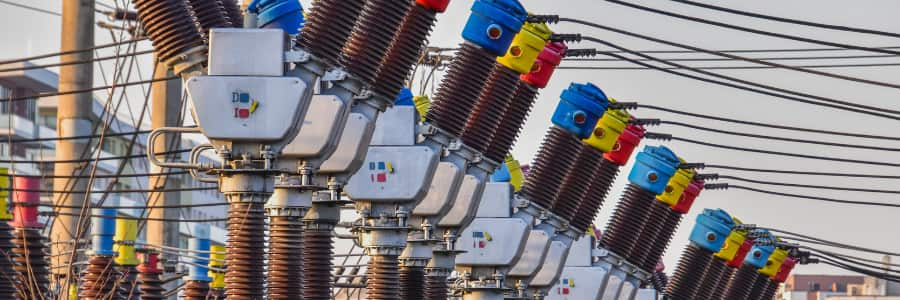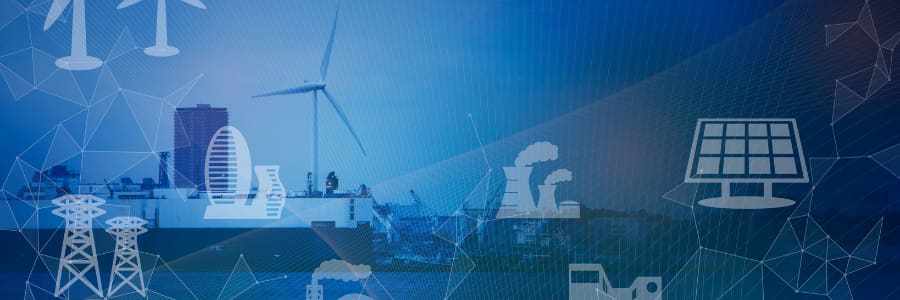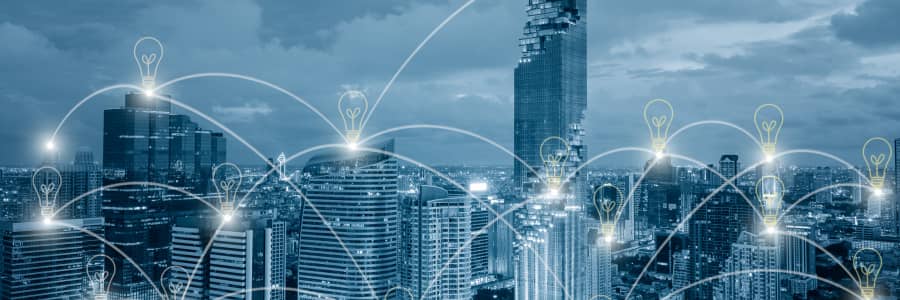As utilities grapple with increasing grid congestion risks, Distributed Energy Resources (DERs) present a central mitigative strategy. By harnessing DERs’ flexibility and real-time adjustment capabilities, utilities can enhance grid resiliency and prevent overloads, ensuring reliable energy delivery even during peak demand periods.
Grid congestion costs for the US alone are counted in the tens of billions of dollars. Between 2021 and 2022, costs rose 56% to $20.8 billion. The costs do not include congestion between grid operators. Elsewhere, similar situations exist. For the EU region, congestion costs reached €4 billion in 2023.
With increased electrification, unpredictable weather events, and new types of energy-intensive units, grid congestion risks are set to increase. That is before considering the 3,000 gigawatts (GW) of renewable power projects waiting in grid connection queues.
Distributed energy resources (DERs) can contribute to lower grid congestion risks. They can provide energy flexibility and grid resilience at a fraction of the billions of dollars energy companies will otherwise pay to counter grid congestion.

Grid congestion happens when the electricity grid “gets too crowded.” It is similar to a traffic jam that prevents power from getting to its final destination. Across the world, energy grids are under pressure as electricity demand soars. Renewable energy sources like wind and solar add further issues contributing to grid congestion risks.
An example is in Germany, where large amounts of electricity generated in the north sometimes cannot be sufficiently transmitted to the industrial centres in the south due to inadequate transmission line capacity. This imbalance can damage the electricity grid and even cause blackouts.
The fallout has consequences for consumers and businesses, including delays when connecting energy-intensive units like heat pumps or EV chargers to the grid.
Moreover, grid congestion often increases energy costs as demand outstrips supply, causing price spikes that affect both businesses and consumers.
Grid congestion challenges also make connecting new renewable energy assets and meeting sustainability goals more difficult. A report shows that Texas alone saw transmission congestion-driven emissions nearly doubling from 2019 to 13 million tons of CO2e in 2022.

Historically, energy companies have utilised tools like redispatch and feed-in management to address congestion issues.
Redispatch involves shutting down power plants that could cause bottlenecks. In their place, others behind the bottleneck are activated to ensure a steady flow of electricity. The process requires significant coordination and substantial costs, often passed on to consumers.
Meanwhile, feed-in management allows Transmission System Operators (TSOs) to temporarily disconnect renewable energy sources like wind farms from the grid to prevent overloads. It is also called curtailment and has been rising in recent years.
The methods above are proving insufficient to the challenges of integrating renewable energy sources and meeting increased electricity demands. One approach to countering grid congestion would be massive grid expansion. However, the costs would be equally massive. An IEA report says that successfully mitigating grid congestion would cost around $21 trillion of investments and will take many years.

Given the circumstances, energy companies are looking for alternative, more cost-effective approaches to meet the grid congestion risks. This includes innovative ways to enhance grid flexibility and resilience.
Many approaches centre on better integrating DERs, such as solar panels, EVs, and energy storage systems, to reduce grid congestion and increase resiliency in the energy ecosystem.
Many of these systems are behind-the-metre (BTM), connecting to the energy distribution system through the user’s side of the electric meter. These systems are experiencing rapid growth. 64% of utilities participating in a recent survey said they are seeing growing adoption of BTM solar panels. 50% of utilities report growth in EVs (50%). 37% see growth in battery storage systems, and more than three quarters foresee continued growth over the next three years. Similarly, a Wood Mackenzie analysis estimates that BTM capacity in the US will rise 3.7 times more by 2027 than in the last five years.
One of several congestion benefits of DERs is their potential to add real-time demand flexibility in the form of load-shifting actions that conserve energy and optimise costs, supporting grid stability. Similarly, DER demand response programs and EV managed charging can help utilities balance supply and demand through activating DERs – and avoid heavy investments in physical infrastructure.

Leveraging DERs to mitigate grid congestion risks is not without its challenges.
In a survey of 100 utility leaders, nearly three-quarters reported that increased penetration of DERs introduces substantial operational and performance issues. Challenges include voltage visibility and control problems, as well as issues such as back-feeding and coordination of protection and control systems.
Compounding these technical issues is the lack of adequate visibility into behind-the-meter (BTM) DER locations and load generation data. Only 14% of the surveyed utility leaders said they can access all BTM DER locations on their grids, and only 20% said they can fully monitor BTM load and generation data.
These visibility challenges are exacerbated by regulatory hurdles and growing backlogs in connecting DERs to the energy grid. Such backlogs delay the integration of DERs and complicate the planning and operation of utilities aiming to utilise DERs for grid support during peak hours and other critical times.

Addressing increasing grid congestion requires a mix of speed and innovation. Operational planning and control tools are essential. The list includes tools like a Grid Congestion Management Controller (GCMC). These systems manage the energy flow from DERs and enhance the grid’s ability to handle demand and supply fluctuations.
Distributed Energy Resource Management Systems (DERMS) are also high on the list. These systems enable utilities to better manage and utilise DERs to address grid constraints effectively.
Furthermore, intelligent software and hardware, such as advanced smart charging systems and smart meters, are increasingly critical to integrate and manage DERs. These technologies enable more precise management of energy resources and consumption, which is essential for overcoming grid congestion risks.
Advanced smart charging systems, for example, allow for optimising electric vehicle (EV) charging times. By aligning EV charging with off-peak periods on the grid, these systems help to balance the load and reduce peak demand pressures. This practice not only minimises the risk of grid congestion but also enhances the efficiency of energy use.
Given the speed of developments, with overall electricity demand climbing, deployment speed is vital. In this context, collaborating with trusted industry partners often offers the fastest, most cost-efficient way to deploy solutions that realise the potential for DERs to combat grid congestion.